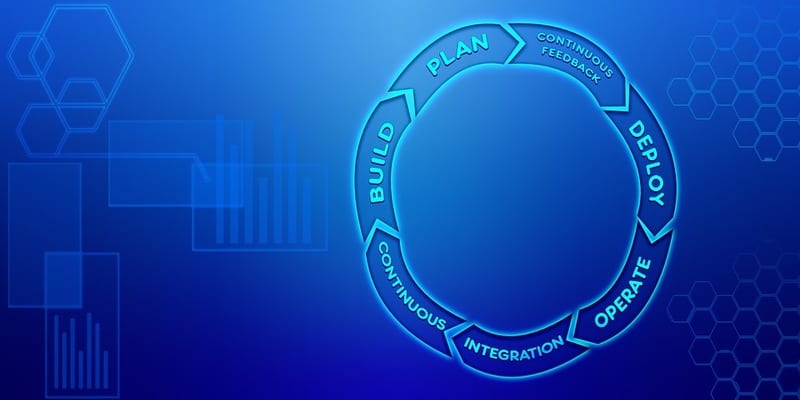Providing a Framework for Continuous Process Improvement with BPM Software


In today’s fast-paced business environment and ever-changing marketplace, Continuous Process Improvement (CPI) is a must for businesses wanting to maintain profitability and a competitive advantage. Every business, no matter the size, no matter the industry, wants to achieve continuous process improvement in order to simplify processes, reduce process waste, and optimize workflows.
CPI refers to the examination of current business processes to determine whether or not they’re meeting the goals of a company. The main objective of continuous process improvement is to make small, incremental changes that will provide greater value in the long run. Business Process Management (BPM) software, takes this to the next level by focusing on continuous Business Process Improvement (BPI).
When most people think of BPM software, they most likely refer to it as a tool that automates important business processes, however, it is much more than that. On top of automation, BPM software implements, tracks, monitors, executes and optimizes already existing processes (and workflows) within an organization. You can probably see where the confusion comes from when discussing process improvement and BPM.
As the word “continuous” implies, CPI and BPI are not one-time actions. Once you succeed with a process improvement initiative, you need to periodically look back to see whether there are any changes or improvement that need to be made.
This cycle of process improvement repeats continuously as long as the process lifecycle stays active. In this way, an environment of continual business process improvement is born into the organization, but is structured in a very easy-to-use software platform.
Process improvement is a key feature of many BPM software products, as they serve to automate and optimize processes that are added into the software suite. For example, once the processes are run via the software, process managers, end users, and executives can then see where improvements need to be made within the process by looking at the data provided (like completion times or status info).
Continuous business process improvement that BPM software can provide supports organizations with increased profits and productivity, improved quality, enhanced customer satisfaction, reduced costs, more consistent data entry and so much more. In some ways, BPM software gives off the impression that it’s not software at all, but instead, is a continuous process improvement method.
For those wanting to achieve CPI or BPI, you should keep three things in mind: where you are now, where you want to go, and how you’ll know when you’ve arrived. The key here is creating a culture of CPI and making it part of the company. Start from top to bottom, with C-suite executives down to entry level employees.
The Association Of Business Process Management Professionals describes BPM as:
“A disciplined approach to identify, design, execute, document, measure, monitor, and control both automated and non-automated business processes to achieve consistent, targeted results aligned with an organization’s strategic goals. BPM involves the deliberate, collaborative and increasingly technology-aided definition, improvement, innovation, and management of end-to-end business processes that drive business results, create value, and enable an organization to meet its business objectives with more agility.”
From this, it’s clear that implementing a BPM solution can help any business or organization achieve continuous process improvement AND continuous business process improvement.
Looking for more? Download our BPM Buyer’s Guide for free to compare the top 24 BPM software vendors head to head! The guide also includes 4 key capabilities to consider while selecting a new BPM solution and 5 questions to ask yourself and the software vendor before purchasing.
And don’t forget to follow us on Twitter, LinkedIn and Facebook for all the latest in Work Tech!





















